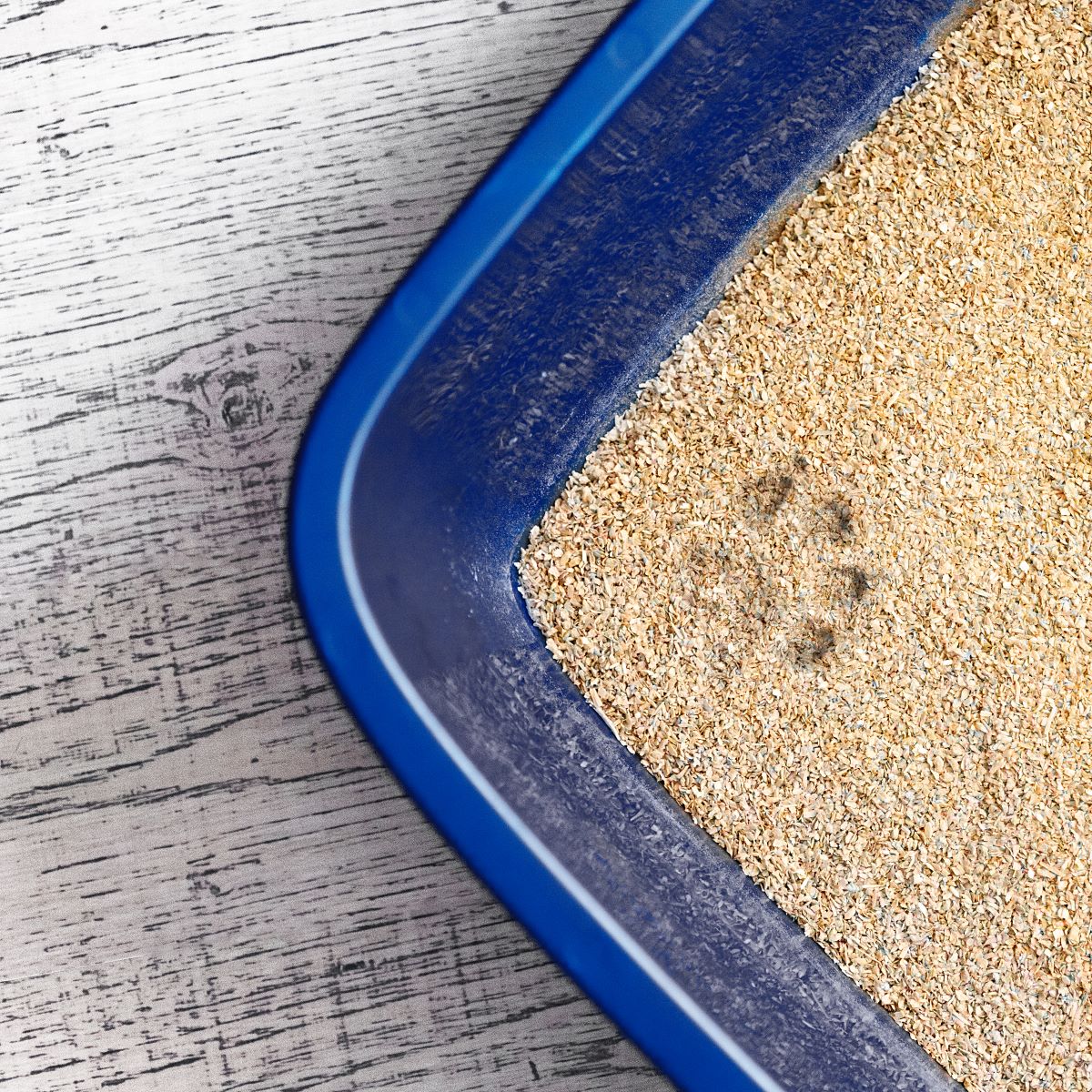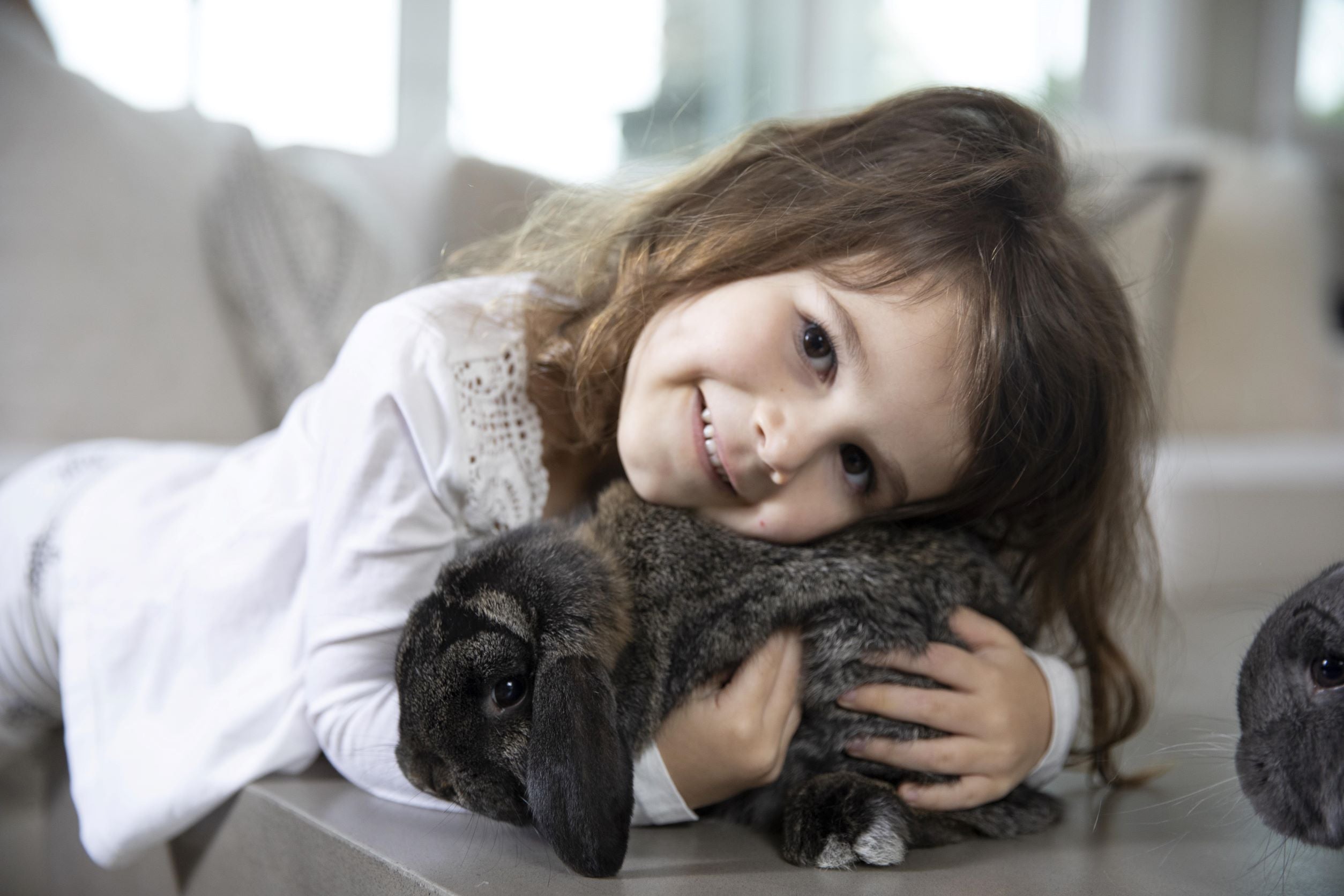
Ideas for Turning Unused Spaces Into Comfortable Pet Rooms
Transforming spaces in your home can create functional areas for your pets and cozy retreats that improve their well-being. Pets need dedicated spaces where they can relax, play, and feel secure. Whether you have a small apartment or a large house, there are numerous ways to navigate unused corners or neglected areas and bring a fresh perspective to them.
Allocating these spaces can stimulate your pet’s mental health and provide a seamless integration of your furry friends into your everyday living areas. With some creativity and planning, you can easily turn any underutilized room or corner into a tailored haven for your pets. The following guide will present some ideas to inspire you in crafting ideal environments where your pets can prosper.
Identifying Unused Spaces
Before you can transform an area into a comfortable pet room, identify suitable unused spaces in your home. Look for corners in rooms where furniture creates an isolated nook or closets that no longer serve a functional purpose. Many homes contain rarely used guest bedrooms, basements, or even high shelves that could be converted into delightful pet corners.
Under stairways present an excellent opportunity for creating cozy pet areas, as they can be enclosed and transformed into ideal hideaways. You can consider portions of your garage or even laundry rooms that may have sufficient square footage. Analyze each space based on size, temperature, ventilation, and safety. Cleanliness around these areas is necessary, as pets can be sensitive to dust and chemicals. Once you've identified the best locations, gather the necessary tools and materials for transformation.
Creating a Pet-Friendly Closet
For transforming your closet into a cozy retreat for your furry friends, consider the potential of space behind closed doors. Many closets are bright and well-ventilated, perfectly suited for a small pet refuge. You can create a closet pet room by repurposing old shelving units to integrate pet beds, toys, and a cozy spot for resting. Incorporate soft materials to make the space inviting so that your pets feel at home. You might feature a few treats and interactive toys to keep them entertained while you're away.
Placing their food and water bowls in the room maintains organization and tracks their intake so that mealtimes become effortlessly enjoyable. Making the closet accessible for a happy atmosphere for your pets to unwind.
Designing Cozy Enclosures
The most popular way to create dedicated pet spaces is by designing cozy enclosures tailored to your animal’s preferences. A comfortable hugging zone can include a pet bed, blankets, and toys that make it a joy for them to spend time there. Incorporate multi-level designs, as many pets enjoy climbing and surveying their surroundings from a height. Shelves, ramps, or window perches can provide your pets with a sense of adventure.
Think about using materials that complement your home decor so that they are safe and easy to clean. A great way to optimize space is to build vertical features that give your pets room for exploration and maximize the available area. Many pet owners even choose to add cozy cushions or hammocks where pets can curl up and feel comforted. Providing a relaxing enclosure secures your pets and presents them with an enticing space to explore.
Utilizing Vertical Space
Having a vertical space in your pet room can generate remarkable results in smaller homes or apartments. Utilizing wall space expands your pet's environment without taking away from your floor area. Well-placed shelves, climbing walls, or harnessed staircases can turn a standard space into an adventurous playground. Cats love vertical spaces and can benefit immensely from multi-tiered climbing areas that simulate their innate instincts.
Vertical structures should be secure to prevent injury while they play. Install platforms or large cat trees near windows to provide pets with a panoramic view of the outside world for a daily dose of stimulation. When setting up vertical space, consider ease of access for pets of all sizes. Utilizing vertical space will cater to your pets' adventurous spirits and add character to your home decor.
Creating Diverse Activity Zones
Diversifying the activity zones within your pet room can maintain a stimulating environment. Look into natural behaviors your pets exhibit: some enjoy digging, others prefer climbing, and some toss toys around. Knowing these preferences, you can craft specific areas for different activities. A digging zone can comprise sand or dirt in a designated box, climbing zones can consist of shelves or ramps, and a play area can feature assorted toys and equipment. Cat owners may want to create areas with scratching posts and engage them with interactive toys, whereas dogs might love agility courses made from household items.
Introducing a few puzzle toys or treat-distribution games can keep their minds sharp and engaged. Regularly swap out toys to maintain their interest and make the space dynamic. Scattering different textures and surfaces throughout can make play sessions more exciting and enjoyable for your pets.
Adding Personal Touches
One of the joys of crafting a dedicated pet room is incorporating personal touches that reflect both your pet's personality and your style. The ideal pet room balances comfort and aesthetics, creating an inviting space for pets and humans. Focus on choosing color palettes and patterns that match your home and improve the decor. You can personalize the space by adding framed photos of your pets or even inspiring art pieces that highlight your relationship with them.
Plush toys, cozy blankets, and colorful bowls lend charm to the environment and make it practical. Creating scent changes using essential oils suitable for pets can cultivate a pleasing atmosphere. Be sure to include plenty of storage solutions for pet toys, treats, and grooming supplies, preventing clutter and giving the space a polished look. Personalizing the environment creates a sense of belonging for your beloved pets and expresses your style and care for their well-being.
Maintenance and Safety Considerations
After creating a comfortable pet room, establish routines for maintenance and prioritize safety. Regular cleaning maintains a healthy environment. Surfaces should be wiped down frequently, and bedding should be washed regularly to minimize allergens and odors in the room. Pay attention to any materials that may not be safe for pets, like certain plants or small objects, and remove potential hazards.
Your pet room is well-ventilated to promote fresh air circulation. When arranging the space, consider accessibility for older pets who may require ramps or reduced barriers. Regularly inspect the furniture, toys, and structures installed for wear and tear, taking precautions as necessary to eliminate danger.
Image source: https://unsplash.com/photos/white-and-brown-long-fur-cat-on-white-and-blue-striped-textile-NicJvHeQ8fo
Transforming unused spaces in your home into dedicated pet rooms can add to your pet's living experience. By being mindful of their needs and preferences while integrating personal touches, you can create charming areas that promote comfort and enjoyment. The journey of crafting these spaces can be just as rewarding as the outcome itself, enriching your relationship with your furry companions.










 email us
email us